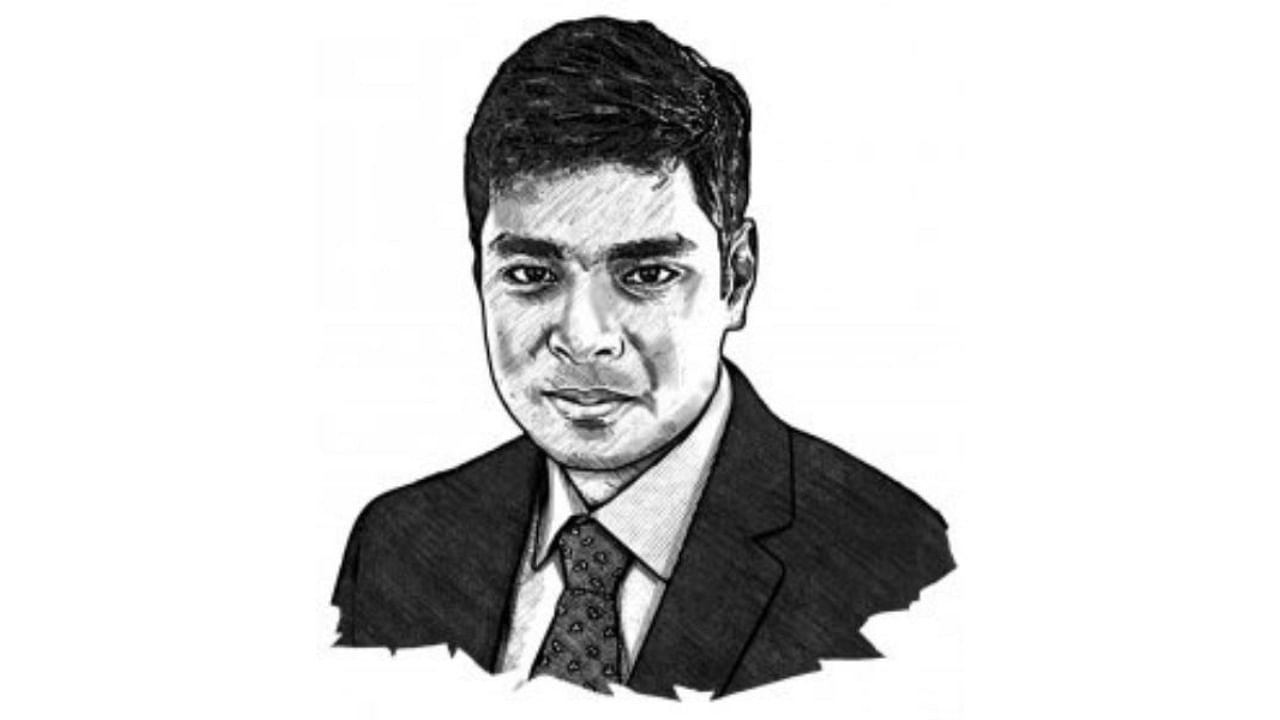
As the old year gave way to the new year, External Affairs Minister S Jaishankar was in Austria on low-key diplomatic business.
In the midst of the relentless war in Ukraine, Jaishankar was there ostensibly to establish India as a major powerbroker in Russia’s feud with Europe. Instead, his visit was overshadowed by one eye-popping statement from Austrian Foreign Minister Alexander Schallenberg. “Last year, we experienced the highest number of asylum-seekers in Austria,” Schallenberg said. “[In] 2021, we had 600 asylum applications from Indian citizens in Austria, and suddenly they reached 18,000 last year.”
That revelation came amidst reports that the US had detained a record 16,000 Indians on the Mexico border in 2022 — almost twice as many as during any previous year. But Schallenberg’s repeated and purposeful use of the term “asylum-seekers” sounded intriguing. Why were Indians applying for refugee status or State protection in Austria like Afghans and Ukrainians?
As it turns out, Austria is not the only place Indians are fleeing to. According to the UN’s refugee agency, over 82,000 Indians had sought asylum around the world in 2022 — up sharply (and progressively increasing) from about 12,000 in 2013. And that figure only accounted for applications filed in the first half of 2022, not even the whole year.
There’s evidently more to the story. For several decades, Indians have sought to migrate to the West primarily for economic reasons. But last October, immigration lawyers in the US told the BBC that they were seeing an increase in the number of Indians “fleeing persecution back home.”
Among the more prominent cases was a young man who had fled from Punjab with a mutilated arm and a severed thumb after he was attacked for being gay. After trudging painfully through Turkey, France, Mexico and finally into the US over several months, the young man said he had no regrets. “I would always fear for my life [while in India],” he said. “Since I have been here, I have never felt such a thing.”
Meanwhile, on the other side of the privilege divide, India has been bleeding an ever-increasing number of millionaires each year who are taking their wealth (and tax money) to other countries. In 2022, India saw a net outflow of 8,000 millionaires — another record (and that doesn’t simply mean that 8,000 millionaires left India; it means that the difference between the number of millionaires exiting and the number entering India was 8,000, which means more might have left).
Several thousand Indians also continue to give up their passports — another figure that keeps increasing every year.
To be sure, critics would argue that none of this is bad. India is already overpopulated, they would argue. Towns and villages are overcrowded and public land encroached. The Railways is now pushing to evict tens of thousands of people and render them homeless overnight, ostensibly because it has run out of land. Under the circumstances, shouldn’t India be exporting a few million people each year to the empty green pastures in Europe and America, let alone a few thousand?
The problem, though, is that the burgeoning exodus is not a random selection of Indians, because countries don’t really allow in foreign immigrants unless they’re useful. What India is in fact losing is upper-class wealth, skilled youth and, increasingly, the diversity of its minorities. You may well argue that even these things are overrated and unnecessary for a developing economy to grow or become a global superpower. But then, if not wealth, youth and diversity, what does it even take for a developing economy to grow and become a global superpower?